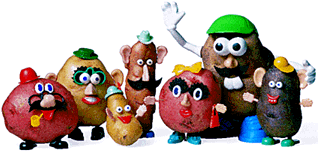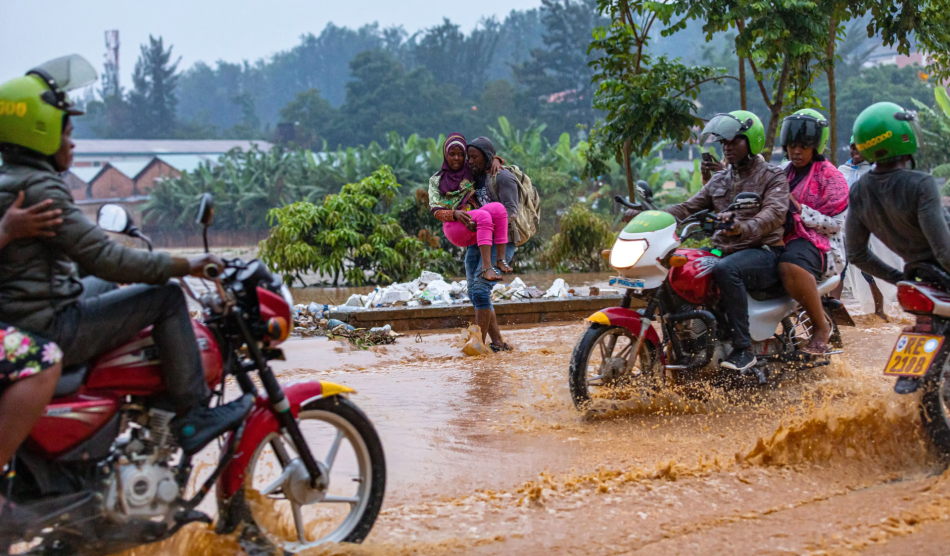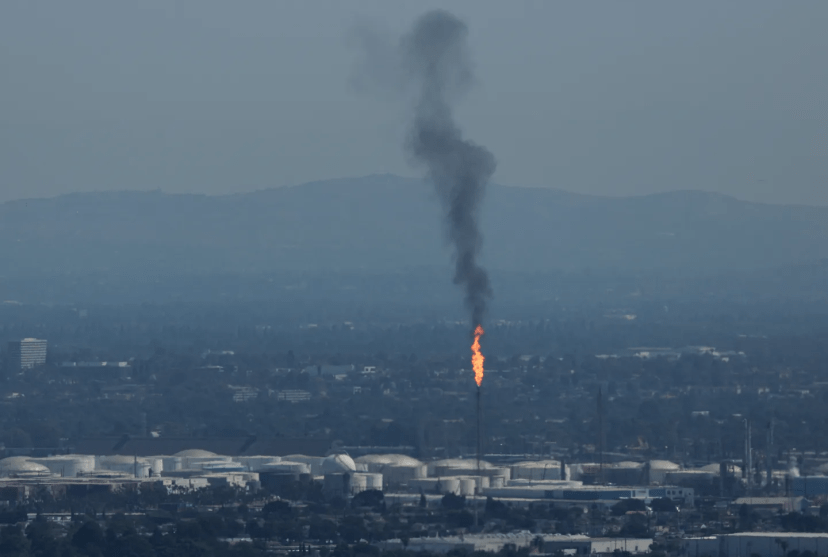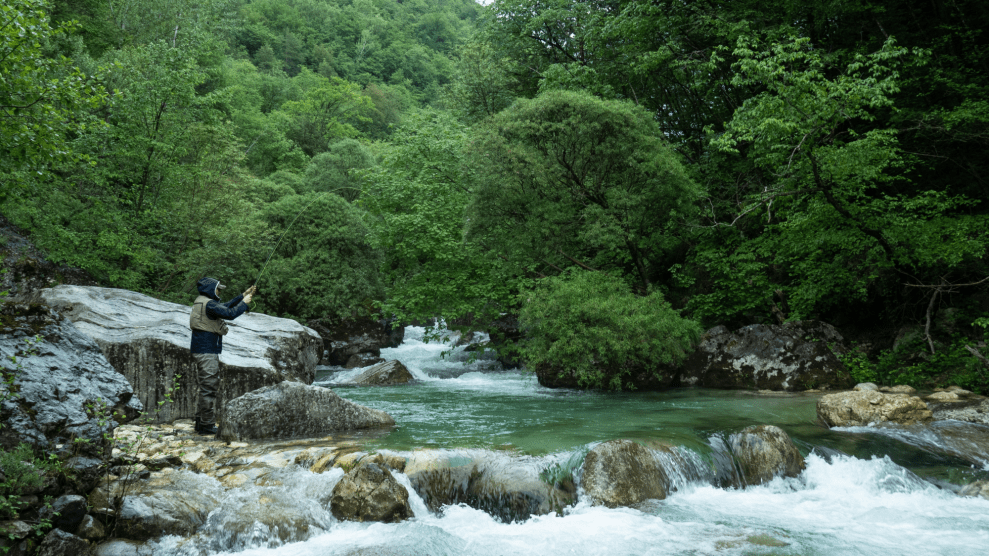
Image: Richard Jung
1 Potato
Around A.D. 800, the potato appears on Incan pottery.
When the ancient Peruvians first cultivated the potato 4,000 years ago, the crop was a mashing success. Andean farmers grew close to 3,000 different types of potatoes, some at altitudes as high as 14,000 feet, and their freeze-dried chuños are still an important part of Andean fare. Peru’s Incas used potatoes to measure time based on how long they took to cook. Today, Peruvians import processed potatoes — and use clocks to tell time.
2 Potato
In 1492, Spanish explorers arrive in the New World.
Gold-seeking conquistadors thought “papas” were a half-baked idea and elected to feed them to their slaves. The potato excited suspicion after it was brought back to Europe, because it was not mentioned in the Bible. Later, when Frederick the Great of Prussia sent potatoes to Kolberg during a famine, the hungry there sniffed, “The things have neither smell nor taste. Not even the dogs will eat them.” Spuds finally became fashionable when Marie Antoinette wore potato blossoms in her hair.
3 Potato
North Americans taste their first potatoes in 1621.
In 1767, George Washington planted potatoes at Mount Vernon, and nearly 40 years later, Thomas Jefferson was the first president to serve french fries at the White House (a tradition continued with fervor by Bill Clinton). In 1836, Idaho’s first potato grower, Henry Harmon Spalding, built a Presbyterian mission to teach Christianity and potato farming to the Nez Percé Indians. Spalding’s first crop failed, but today Idaho is king of the potato, producing 28 percent of the nation’s crop.
4 …
Napoleon’s potato-fed army storms Europe in the 1800s.
In the 18th and 19th centuries, populations in Europe grew as people ate their potatoes. A more calorie-rich crop than wheat, potatoes were also easier to grow, process, and store. As a result, Napoleon and others were able to feed large armies. The 1778 War of the Bavarian Succession was commonly known as the Potato War. Soldiers from the warring nations — Austria and Prussia — spent much of their time stealing the enemy’s potatoes, and the fighting finally ended when both sides ran out of the staple.
5 Potato
By 1845, the average Irishman is eating 8 pounds of spuds a day.
Unlike the Peruvians, the Irish cultivated only a few varieties of potato, and when late blight struck in 1845, it destroyed half the crop. One million people died; another 2 million fled, including the forebears of Henry Ford, John F. Kennedy, and Ronald Reagan. Even today, experts warn that a lack of genetic diversity in potatoes limits resistance to disease.
6 Potato
During World War I, Germany issues vouchers for potatoes.
In 1915, Germany harvested huge potato crops and stored the extras. The potatoes rotted in storage, and the surplus was ruined. Then, late blight hit the next crop. Although copper fungicides could have controlled the disease, all German copper went to making brass for ammunition during the war. Between 1916 and 1917, more than 700,000 German civilians starved to death.
7 Potato
Modern potato seeds, like the old ones, need variety to survive.
Of all the world’s major food crops, potatoes suffer the highest rate of loss due to disease — 22 percent. As a result, they require more insecticides and fungicides. In the 1990s, a new resistant strain of late blight (the fungus that caused the Irish famine) hit potato crops worldwide with a vengeance. Today, the International Potato Center (in Lima, Peru) encourages using potato seeds that come from the flower, which produces a genetically diverse crop, rather than planting tubers, which results in genetically identical potatoes.
more …
In 1995, the potato becomes the first vegetable to develop in space — on the space shuttle Columbia.
Two years ago, commercial farmers planted the first U.S. crop of NewLeaf, a bioengineered potato designed to produce a natural pesticide against the Colorado potato beetle. Back in the lab, scientists are rivaling Mary Poppins in making the medicine go down, genetically altering potatoes to manufacture vaccines against such diseases as hepatitis B and cholera. While genetically altered crops may be the food of the future, in much of the world, they remain a political hot potato.
















